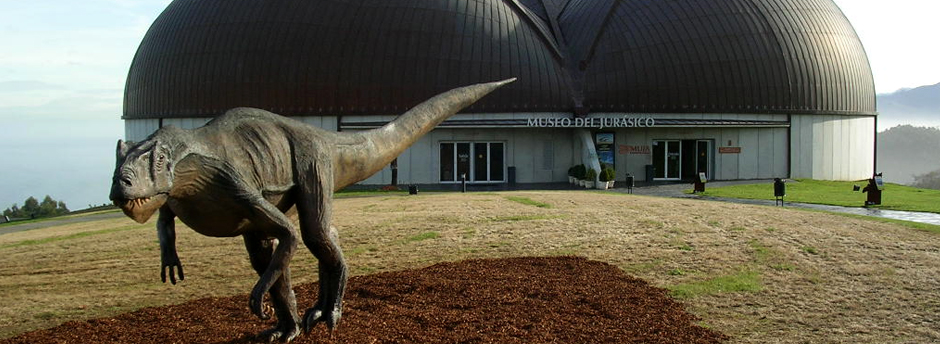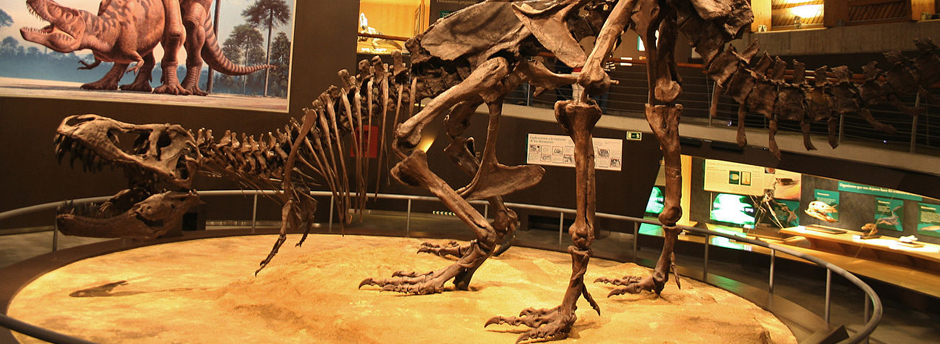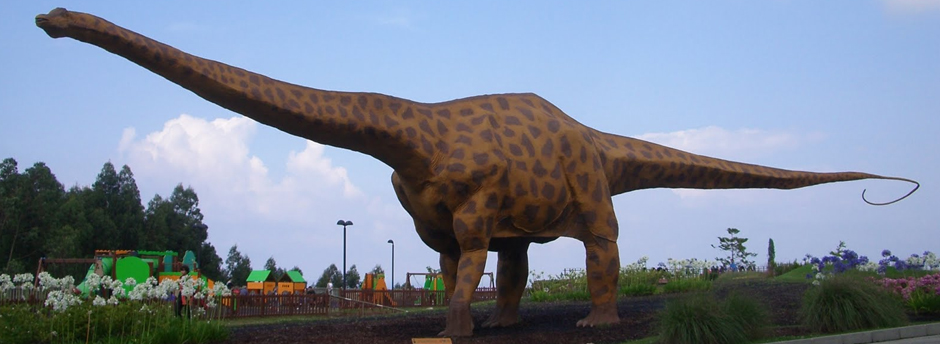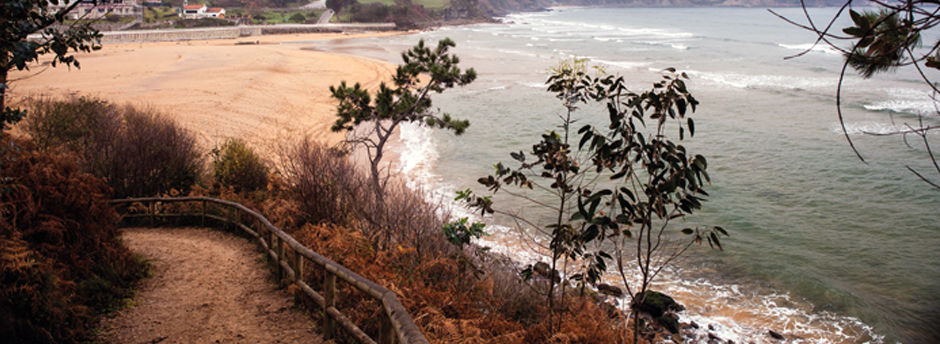Jurassic Museum of Asturias
18 Km by car 20 minutes by car Interest Area
In a privileged place on the coast, 155 meters above the sea level, it stands the Jurassic Museum of Asturias (MUJA), a unique museum which embrace one of the most comprehensive and didactic samples of the world about these fascinating reptiles.
The MUJA is able to show the evolution of life on Earth from its beginnings, with particular emphasis on the Mesozoic or Age of Dinosaurs and its three periods: Triassic, Jurassic and Cretaceous.
This museum is really spectacular, not only the continent but also the content. Its architect, Rufino Uribelarrea, chose for the outside a system of precast concrete plates leaving the blind facade, except for entry and exit doors. The old roof is copper, which over time will acquire a green tint fully integrated into the landscape.
Inside, a wooden structure from Scandinavian forests form a network of arches that simulate the ribs of dinosaurs and offer visitors the almost magical feeling of time travel . Besides, the building environment multiplies the possibilities of enjoyment. Privileged views on the Asturian coast, playground and gardens which allow walks among dinosaur replicas, without forgetting the MUJA Cafe, make a visit to the museum a unique experience.





